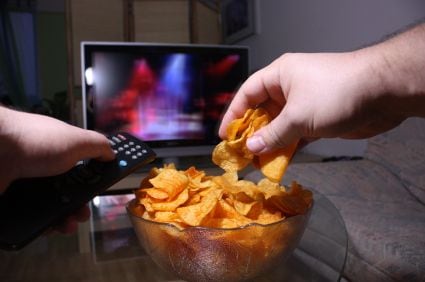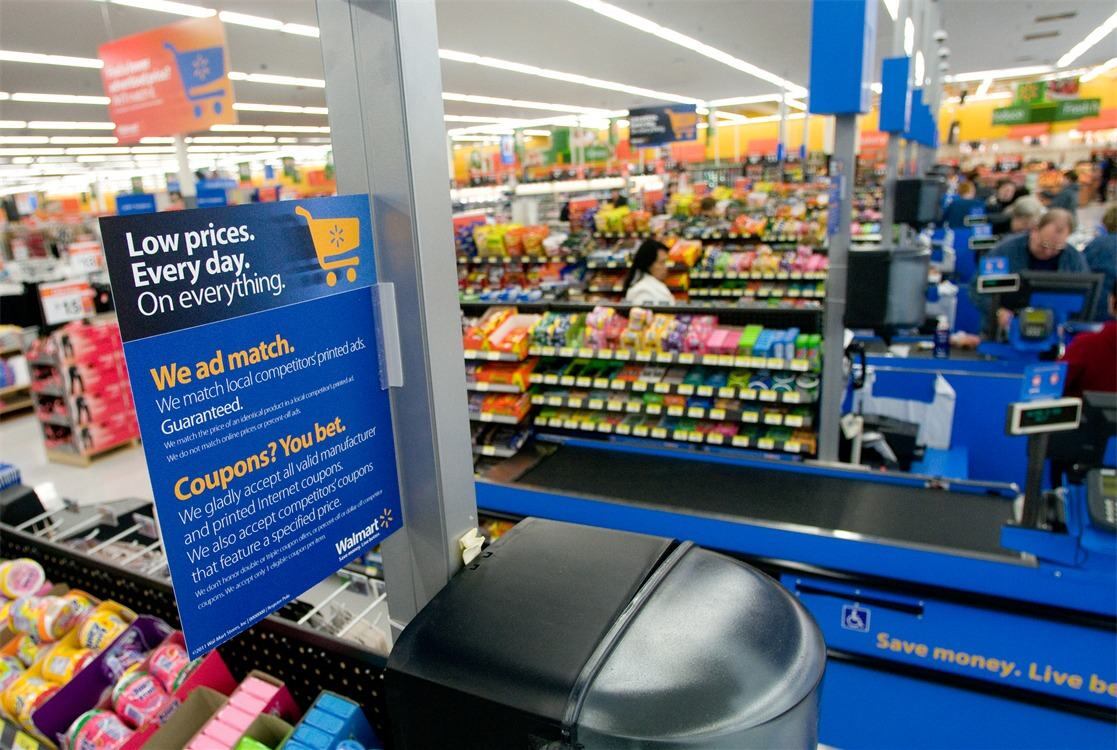According to IRIs’s latest Times & Trends report, an estimated 21% of Americans* can be classified as ‘opportunist’ eaters, who “grab food and drink throughout the day as the opportunity arises, with little consideration as to whether they are eating a meal or a snack”.
Times & Trends editor Susan Viamari said: “You simply cannot deny the emergence of this new on-the-go eating segment.”
Two-thirds of opportunists are female, and 92% are of non-Hispanic origin
So who are these so-called ‘opportunist’ eaters?
Not just young men, said Viamari, who said opportunists are in fact more likely to be female, and “hail from diverse backgrounds, cutting across age, income and household brackets”.
She added: ”Two-thirds of opportunists are female, and 92% are of non-Hispanic origin. Skewing slightly to the lower end of the income spectrum, nearly two-thirds of opportunists come from single-member or two-member households.
“Many are living a bachelor/bachelorette life, or the life of a dual-income-no-kid family, where life is a bit less scheduled. Just under half of these eaters are under the age of 45.”
Planners are much more inclined than their on-the-go counterparts to factor healthy eating into their daily regimen

So is opportunistic eating good or bad for your health?
This all depends on whether you are grazing on candy and chips or carrots and hummus, but in general, people that are grabbing food on the go are slightly less likely to make healthy choices, said Viamari.
“Planners are much more inclined than their on-the-go counterparts to factor healthy eating into their daily regimen. For instance, 36% of opportunists versus 31% of planners split their healthy and indulgent behaviors equally, eating healthy half the time and eating more freely the rest of the time.
“In addition, opportunists take a more laid back approach to exercising than planners. Nearly half (45%) exercise less than two times per week. In contrast, three-quarters of planners are active for at least 20 minutes on a daily basis.”
Opportunists spent 60% more on frozen appetizers and snack rolls versus planners during the past year
So what does all this mean for food marketers?
First of all, they need to crank up their grab & go options and ensure packaging is convenient for people on the move, said Viamari.
“Opportunists spent 60% more on frozen appetizers and snack rolls versus planners during the past year, and the category grew by 5% among opportunist eaters.
“In 2013-2015, frozen appetizers and snack rolls, as well as a variety of other convenience-oriented CPG categories, are expected to continue demonstrating higher-than-average growth among opportunist eaters versus the market as a whole.
“Capturing just a small share of this opportunity will add appreciably to the bottom line."
Retailers also need to do a better job of catering for shoppers that want to get in and get out of their stores quickly and pick up food for immediate consumption, she told FoodNavigator-USA.

Opportunist eaters more likely to be influenced by what’s on deal
Second, they need to tailor promotional strategies to address the needs of opportunist eaters, 31% of whom tend to buy whatever food/beverage is on sale with little concern for nutritional value compared to 18% of planners, she said.
“Likewise, available coupons/discounts are a key influencer of meal/snack decisions for one-third of opportunists, versus about one-quarter of planners.”
Next, think about where opportunist eaters shop, she added.
“The dollar channel’s focus on providing value and convenience has served them well with on-the-go eaters. However, Kroger is fighting back with its ‘Refresh’ program that includes price reductions across many high-turn products, and Walmart has escalated its Neighborhood Market.
“Retailers must continue developing these types of programs as they heighten their focus value to protect and grow share.”
*The data emerged from a survey of more than 3,000 Americans.
